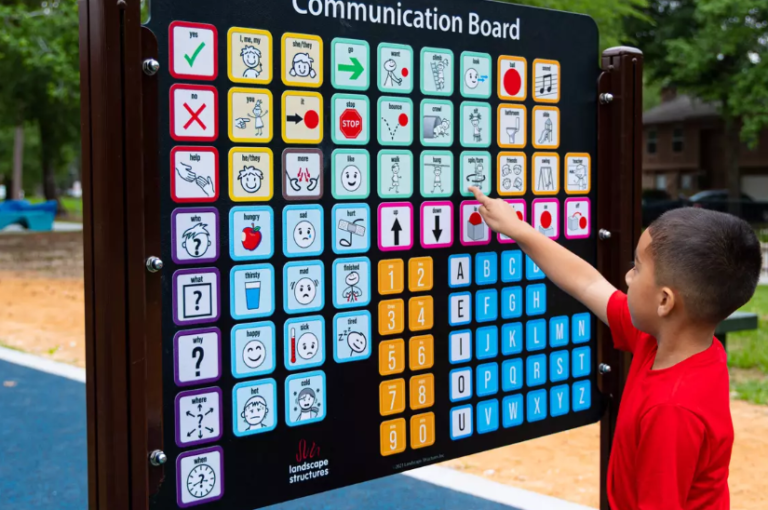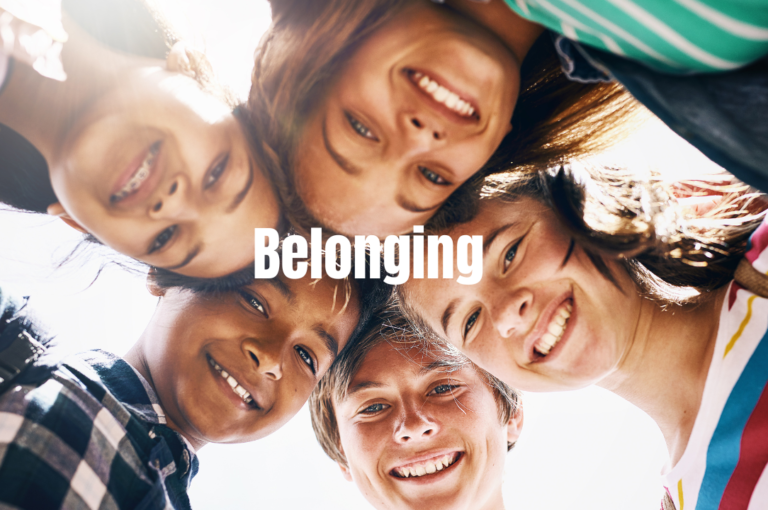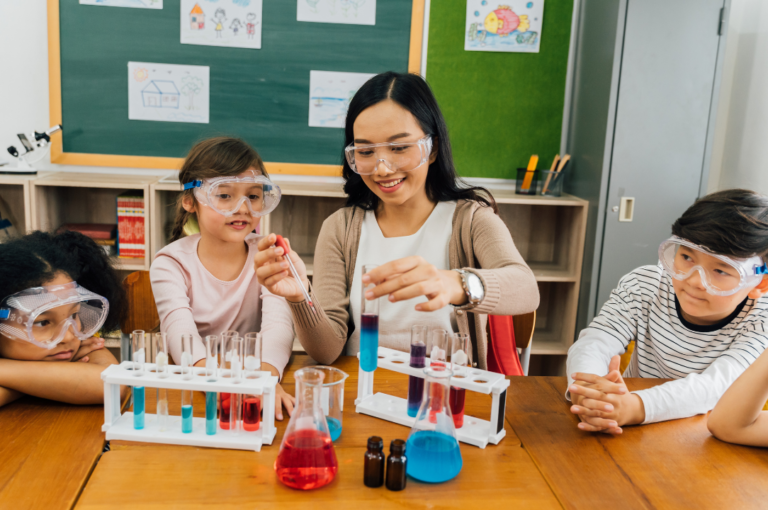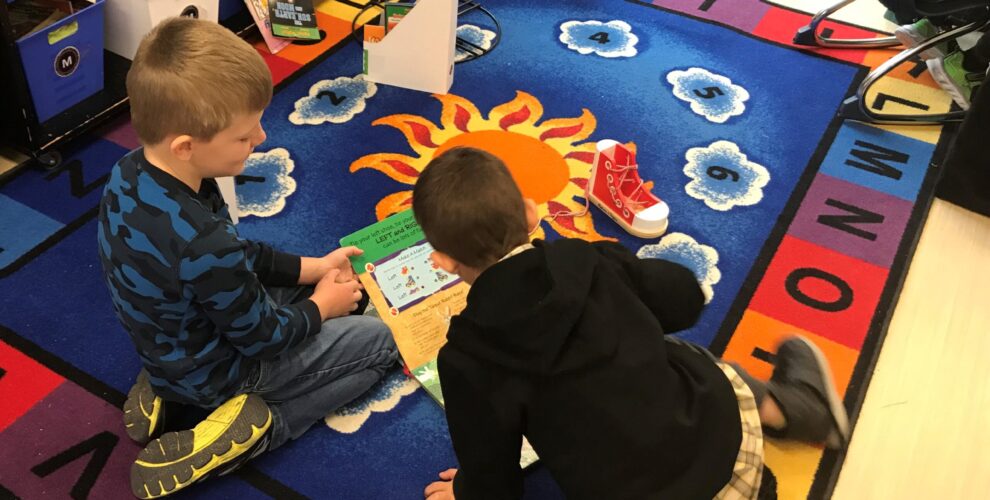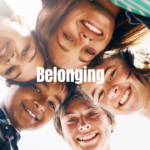The physical environment has the potential to dramatically alter what learning looks like for students. It communicates who and what is valued in learning. It is the physical space that sets up expectations for a learning-centered environment including what is on the walls. Is it student work and is it tied to the learning that is taking place? Does it capture polished work or does it capture the shifts in thinking that occurs while students explore and grow in their learning. It matters whether our students are seated in traditional rows all facing the front of the classroom or whether students are seated in flexible workstations or pods around the classroom. Are there times when a U shape is used to invite large group conversation? Our physical environment serves a purpose and has the power to communicate that we are all collaborators and are working together to construct knowledge and deep understanding.
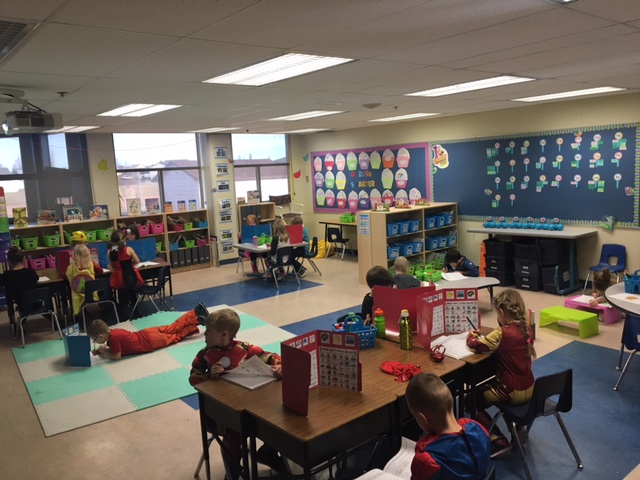
Optimal Learning Spaces
Creating optimal learning spaces can enhance both how we teach and how our students learn. Such learning spaces make it easier to participate in engaging and powerful learning experiences. Collaboration and innovation are at the heart of it all and as such, the way we set up our classroom matters. In such an environment, there is a place for every student including the student who needs a quiet work space to learn.
What are the ways that physical spaces can promote learning –through layout, overall classroom design and furniture design, lighting and technology? What else is added to the classroom, such as music or elements from nature that are brought into the classroom also matter?
Questions you might ask yourself include, does my classroom include space for collaboration, opportunity to engage, physical movement and what is the overall stimulation level based upon what is inside the room and how it is organized. Is the decoration distracting? Is the decoration tied to the learning? Do the displays demonstrate the learning process and does it engender curiosity?
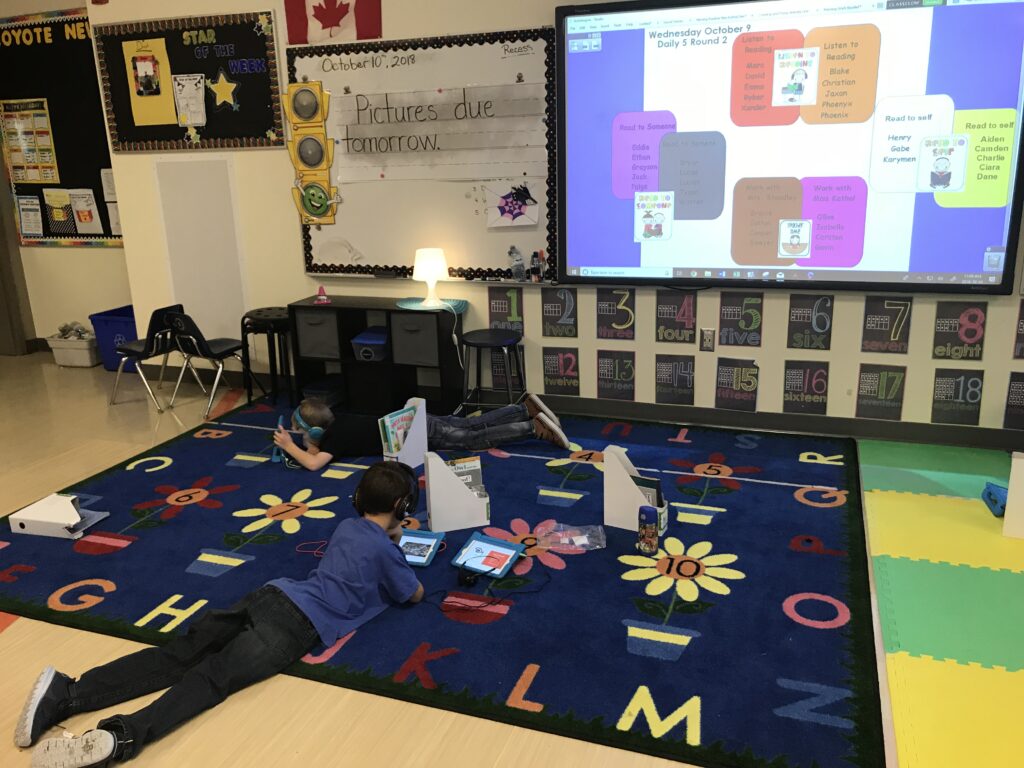
Changing Norms
The key to all of this might be “flexibility” in how the space can be utilized. Researchers talk about flexible fronts or “defronting” the classroom as one way to create an adaptable and student centered learning environment. It works best when the classroom is set up to match the lesson and learning experience and when students are a part of setting up or rearranging the learning space throughout the day.
In the flexible and innovative learning spaces, technology devices support or enhance learning, not drive it. If our goal is to provide meaningful, real-world learning, it is important to create classrooms and a culture that reflects this. It is worth considering how to create authentic settings where learning can occur in many different ways both inside and outside the classroom with face-to-face or virtual encounters/interactions. There is value in both hands-on, active learning spaces as well as spaces that foster reflection.

